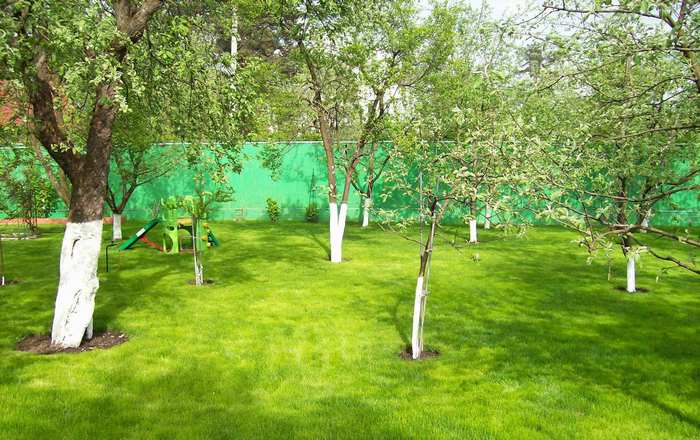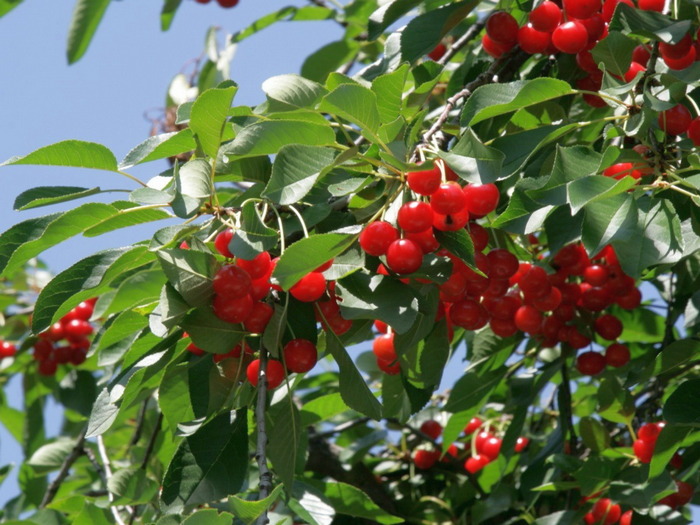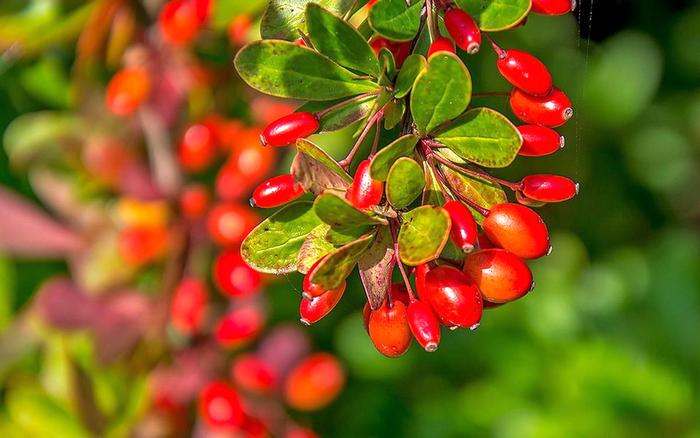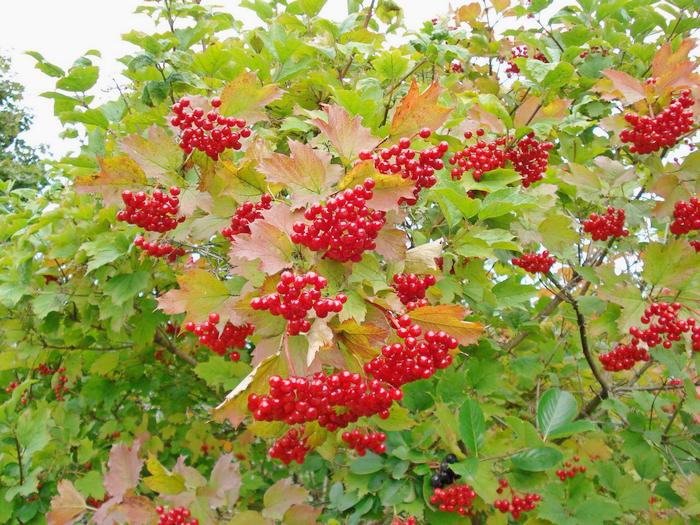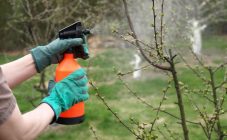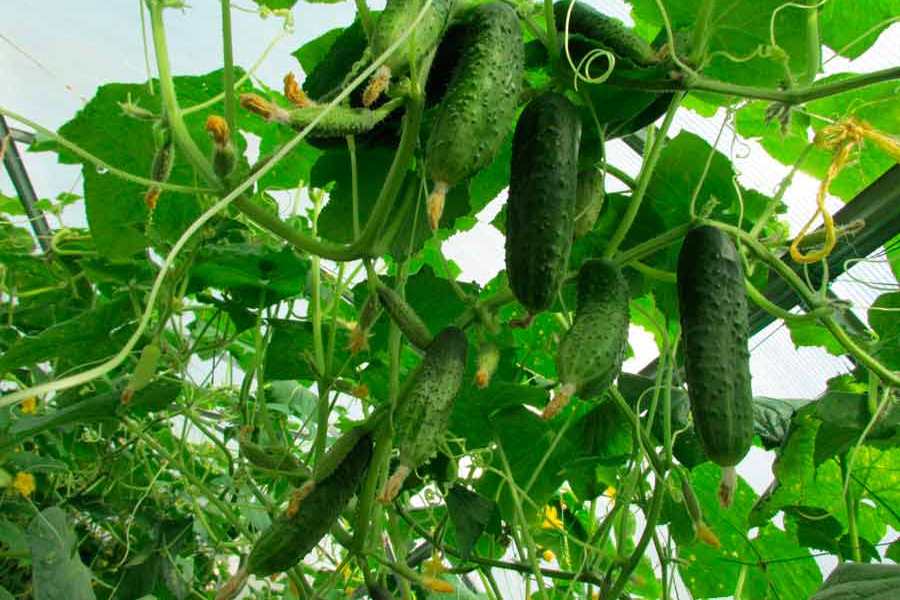Content:
Even the most well-organized garden plot has areas where shadow forms most of the day - a place near the fence of the country house, an area under a spreading tree, behind the house. These sites are considered by many to be unsuitable for growing fruit trees and shrubs. And in vain: there are many plants that themselves do not like a long and bright sun. There are also some that, with proper care, can tolerate some shading.
It's time to figure out how to correctly choose shade-loving fruit trees and shrubs for the garden. How to use every meter of a summer cottage or garden plot wisely.
Shade-tolerant and shade-loving - what are their differences
We are talking about fruit trees and shrubs that grow well and bear fruit in the shade. In theory, any plant can be placed in the shade - it can survive. But not everyone will be able to get a good and bountiful harvest. After all, plants, like people, are different: someone can sunbathe in the sun, and someone over the edge has enough sunburn in the shade of trees.
Before choosing which fruit trees and shrubs can be planted in the shade, it is recommended to find out which ones are shade-loving and which are shade-tolerant.
- Shade-loving plants are those that do not need rays of bright light; on the contrary, they need poorly lit places.
- Shade-tolerant are able to grow well where the sun is, but they can also tolerate shade. Moreover, if shade-tolerant fruit trees are planted in a very dark place, then they will not bear fruit, although, perhaps, they will bloom.
Shade-tolerant crops are usually called sciogeliophytes, and shade-loving ones are sciophytes. The latter in nature are much smaller than those who love the sun or are considered shade-tolerant.
Many gardeners mistakenly believe that their site is of little use for cultivating a good garden, because it contains many "bad" places in terms of illumination. In fact, there are usually not so many true and deep shadows. In the worst case, there is an area where the beam of light does not reach at all. Such, for example, can be a path bounded on one side by a fence, and on the other - by the wall of the summer cottage. This is really the most unfortunate place for planting, but if there is no other, then it can be used effectively by planting there, say, tall cherries or cherry plums. Eventually they will grow and begin to reach the sun.
Special literature defines penumbra as the presence of direct sun rays for three hours in the mornings and evenings, when in the middle of the day the site is without direct sunlight. Or when the area is well lit all day, but the direct sun does not hit it.
There is also the concept of a rarefied shade - the sun gradually penetrates here constantly, but only through the foliage of the trees. All this can be attributed to the category of shaded areas. In principle, plants can grow everywhere, it is important to choose where and which one. Without taking into account the peculiarities of a particular plant (its shade tolerance), without creating conditions for its development, you can get such sad results:
- the fruits will be tasteless or not set at all;
- fruits will ripen with an offset to the edges of the crown;
- fruit branches die off;
- leaves brighten, wood does not mature well and does not pass hardening.
As a result, the young tree is damaged in frost and suffers. And a fruit seedling, caught in a strong shadow in the first years of life, will wither away altogether.
To avoid all this, you should carefully study which plants can and which should not be planted in not too bright places.
What fruit trees love shade
Most fruit trees are light-requiring. However, there are those who feel quite normal in the shade.
Let's call them:
- cherry - it can be planted in the most secluded places of the garden, therefore it perfectly tolerates shade and even thickening;
- cherry plum - although it is considered a southern tree, it is rather tolerant of the lack of direct light, unpretentious and fruitful;
- plum - blue varieties of plums are suitable for growing in partial shade, but yellow varieties suffer from lack of sun and therefore will not give a good harvest;
- apple tree - in addition to lowlands, it transfers any planting sites, including shady ones.
What shrubs can be planted in the shade in the garden
The choice of shade-tolerant shrubs is more varied than that of fruit trees. However, they cannot be left completely without lighting. So, with excessive shading, a culture such as raspberries weakens. And as for currants, which are traditionally planted in the most inconvenient places, the red one is less resistant to shading than the black currant. At the same time, when planting a red currant variety, one should take into account that good overhead lighting is necessary, but it is able to cope better with the absence of side light.
In shaded areas in the country, you can plant the following perennial bushes:
- currants of different varieties - red, black, white;
- blackberries;
- raspberries;
- black elderberry;
- common hazel;
- dogwood and dogwood male;
- viburnum;
- barberry;
- honeysuckle.
Therefore, you do not need to specially shade them. These fruits and berries not only adore the shade, but they are ready to endure it firmly. And berry bushes with sweet fruits in any case ripen well only with sufficient lighting.
You can focus on how closely the selected shrub resembles its wild, forest companions. It is the garden plants characteristic of forest communities that grow easier than others and bear fruit well in shade. An example would be blackberries, alpine currants, varieties of barberry, viburnum. Irga, blue honeysuckle shows themselves well - all those plants that in nature are used to living and developing in the lowest tier of the forest. And the best representative in terms of endurance is chokeberry, it is also chokeberry, and hazel.
How to grow trees and shrubs in the shade
Plants that can survive and bear fruit in the shade are fighters in their own right. They are ready to withstand stress and uncomfortable growing conditions. But if the raspberries planted along the north side of the house are capable of giving quite large and juicy berries, then this cannot be said about some others.
For example, white and red currants are, in principle, a sunnier berry than blackberries with raspberries, and therefore they grow well in the sun and can wither without serious support in the shade. Therefore, if necessary, it can be planted in shaded areas, it will cope. However, currants, like a number of other shade-tolerant plants, will have to be helped.
What affects the survival of plants in the shade?
- First of all, they should not suffer from a lack of moisture.Like other plants, shade-loving ones require the right amount of water, the soil should not be allowed to dry out, which may well occur in the heat even from the northern shady side of the house. Moisture is especially needed in late spring, with the onset of hot weather.
- All plants for shade must be fed. They are very dependent on feeding. Many people strive to feed the plantings with nitrogen fertilizers. This is where moderation and accuracy are needed: if there is a lack of sunlight, nitrogen should be given carefully, without an overabundance. Otherwise, there is a danger that the plant will stretch out or become thickened.
Many novice gardeners are interested in what kind of soil should be before planting a shade plant? Naturally, in this case the plants are demanding on the composition of the soil even more than under normal conditions. Therefore, when planting even such a completely unpretentious shrub as an ordinary garden viburnum, you need to see what kind of soil suits it best. In this case, viburnum needs a slightly acidic environment or neutral soil. At the same time, on bad, infertile soil or on peat soil, it will grow poorly and will not bloom.
When planting, you need to prepare the soil in advance. A feature of most plants that can grow in the shade is the abundance of surface roots. This means that the soil does not have to be heavy. On the contrary, the looser, lighter, more airy the top layer of the earth, the easier it will be for the plant to take root, the easier it will be for it to live in such difficult conditions. Loose soil will provide the surface roots of plants with better moisture absorption.
As you can conclude from this article, you should not worry and be upset, considering that there are few open sunny places in the summer cottage. Even shady and dimly lit areas can be used wisely, creatively and profitably. Moreover, there is a sufficient number of a variety of plants adapted for cultivation in partial shade and shade.
These plants, of course, will not surprise with their yield, but they will give a certain amount of fruit. And they will also bring aesthetic pleasure to the gardener. Of course, with the correct agricultural techniques for cultivating crops and their competent distribution on the site and relative to each other.
